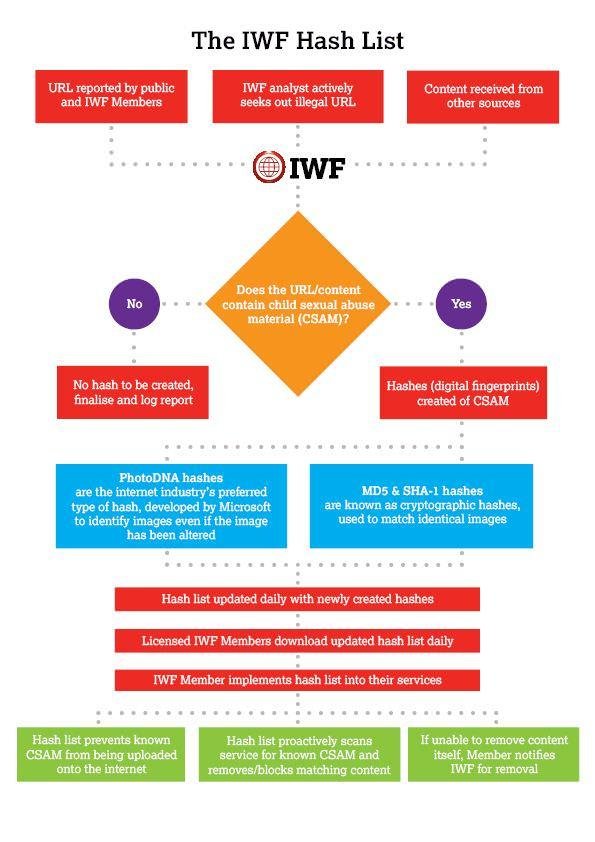Facebook, Google, Microsoft, Twitter and Yahoo all officially announced that they will use an automated system for detection and blocking images of child pornography.
The five companies are partnering with the Internet Watch Foundation (IWF), which will provide access in the database of child pornography images he has collected.
Using a technology developed by Google technicians, in collaboration with Microsoft, companies will have to scan the digital footprint of each image and compare the results with the IWF database.
So they will be able to prevent theirs users να ανεβάζουν και να μοιράζονται τέτοιες φωτογραφίες.
The digital footprint, commonly referred to as hash or hash value, is unique to each image and has also been previously used by the aforementioned companies to allow copyright owners to report misuse of their content on the Web.
Now, the same technology used by RIAA and MPAA will be utilized to better combat users who daily flood the Web with images of battered children.
At the moment, only five companies have expressed their interest in implementing this system, but soon others will join.
Together with the five companies we mentioned as members of the Internet Watch Foundation, there are also Apple, AOL, Cisco, Dropbox, GoDaddy, OpenDNS, Sophos, Symantec, Tumblr, and many others.
It should be noted, however, that this technique will only show results on the surface web, rather than on Dark Net, which is the place where the problem starts.
So one could say that this move by the big online companies is probably an act of impressing to get the credit, as the problem will not be solved.





